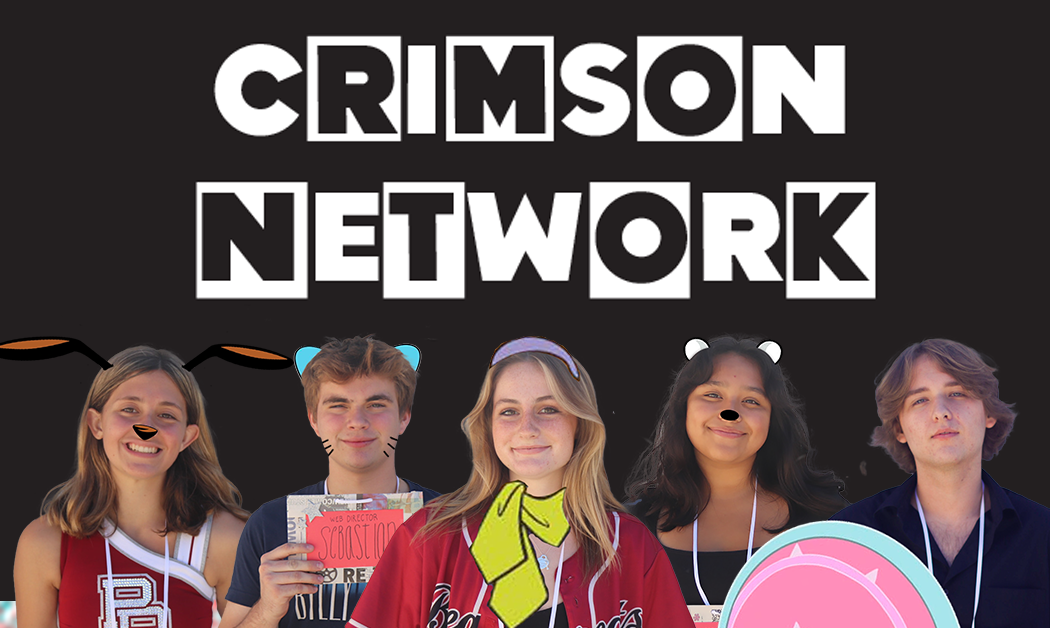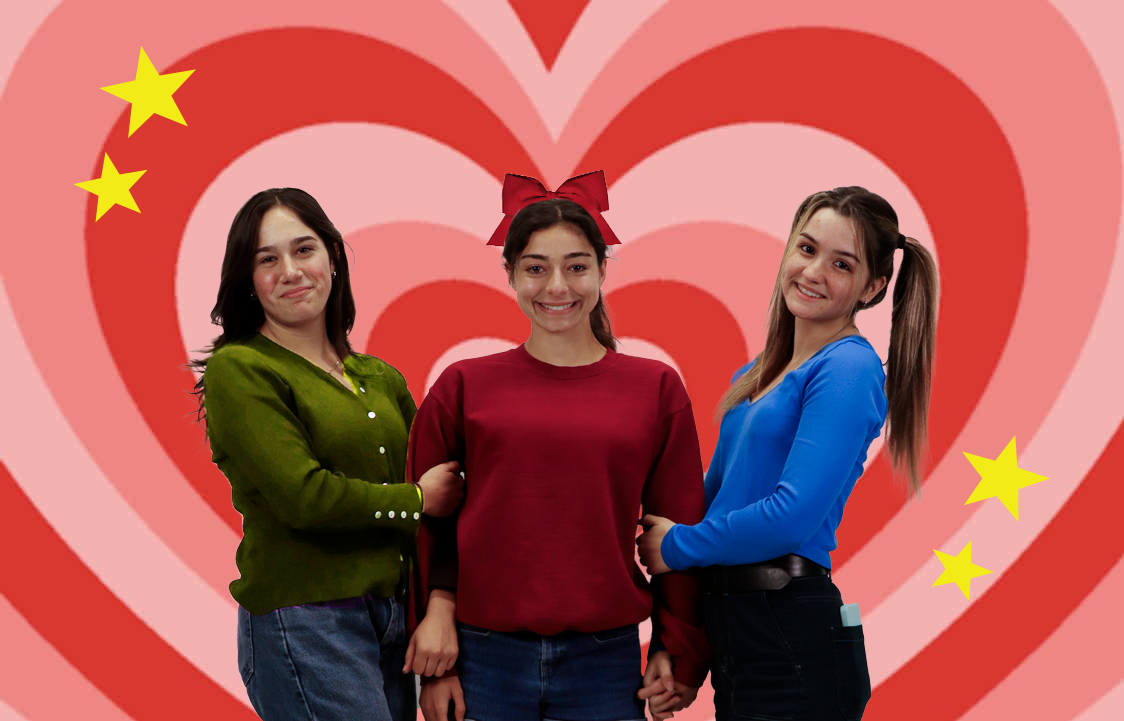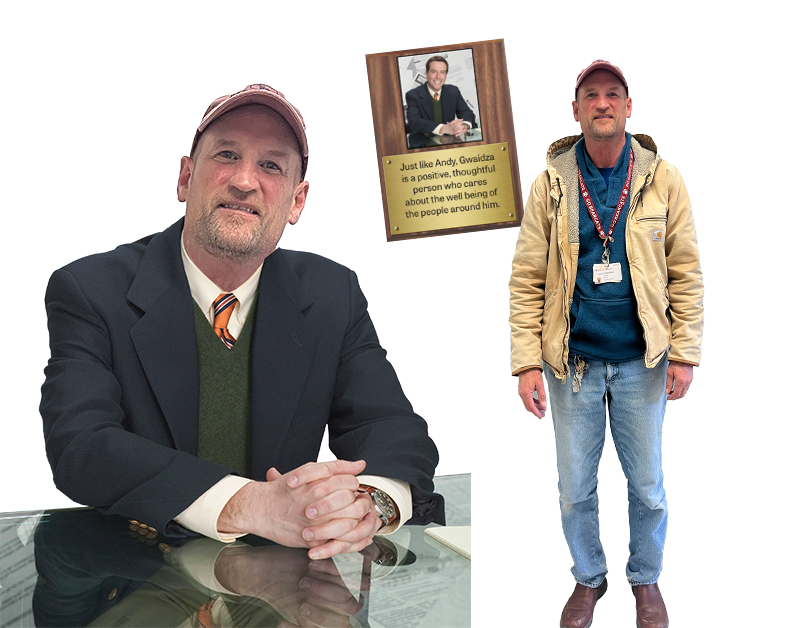Junior Breanna Williams’ battle with Arteriovenous Malformation
For senior Breanna Williams, headaches have become the norm for the past six months, but on Feb. 3, the headaches escalated to an all time high.
William’s bubbly laugh was reduced to silence as the raging headache prevented her from speaking. Williams has AVM, a disease in which headaches are an everyday ordeal, her family was alarmed that this one was painful enough to cut off speech and spurn tears. It meant there was a high chance that the headache could be signs of an aneurysm. Tears, unbidden, fell from her bright blue eyes down her cheeks as her grandparents, Helen and Mark Winters, drove her to the ER, with her mother, Jennifer Barnett, and boyfriend, Eion Hardesty, in tow, but the bright white lights in the hospital did little to sooth her throbbing head. The nurses gave her pain reliever, and she was sent to get two CT scans, in which they found what they believe to be a brain bleed. After four hours the doctors sent Williams home. She will visit Stanford Hospital in a March to check up on the tiny bleed.
Williams was diagnosed with Arteriovenous Malformation, also known as AVM, at the beginning of November, but the splitting headaches started three months before, in August. The pain festered behind her eyes and would only go away when she slept, and running cross country only made matters worse.
“Now that I can’t run I’m stressed out and it’s hard to relax,” Williams said.
Williams started taking white pills called Imitrex for her headaches, a medicine that narrows blood vessels, but they did little help. She opted out of running most days, and missed day after day of school.
Eventually, her family doctor, Doctor Karp, sent her to get an MRI and saw that something was wrong, but wasn’t quite sure what. After a trip to the ER because of a particularly headache, Doctor Karp knew what it was: AVM.

Since then, Williams has had seven MRIs, another trip to the ER, four CT scans, an angiogram, an x-ray of blood vessels, and taken seven trips to Stanford Hospital. William’s mother, Jennifer Barnett, not-so-affectionately named the blood vessels Charlotte, after the spider from “Charlotte’s Web” by E.B. White, for its spider-like appearance.
AVM is seen in only about 200,000 cases per year in the US, according to the Mayo Clinic. It’s an unnatural cluster of blood vessels on the artery that carries oxygen rich blood to the brain, and AVM prevents this process from happening.
“I have chronic migraines. What can it be? And they’re like ‘well, worst case scenario, you got it,’” Williams said.
Little did she know that, yes, her Imitrex pills shrink blood vessels, which should relieve pain, but for AVM, it only made the pressure go up in blood vessels, and since they aren’t supposed to be there, they are weak and susceptible to rupturing because of the high blood pressure.
Williams started radiation on the choking blood vessels Jan. 29 at the Stanford Cancer Center with Doctor Cheshire, Doctor Gibbs, and Doctor Taylor, who said the radiation went well, but the side effects were a surprise.
“I didn’t feel anything, but the side effects are crazy! You know how your legs randomly cramp up during running season? Well, it’s like that, but on both of my legs everywhere and it won’t stop. Also, everything tastes super weird,” she said.

Radiation is supposed to slowly dissolve Charlotte, but there are risks. If the radiation dissolves the gathering of blood vessels too fast, there’s a big chance William’s brain could swell up, which can potentially cause permanent damage to the brain. Even with radiation, it may take up to two or three years for the spider-like grouping to dissolve, meaning all this time William’s will still have headaches, and could have an aneurysm.
“It sucks. The person that I care about the most is going through this,”said junior Eion Hardesty, William’s boyfriend of one year and seven months.
Williams said her mother and Hardesty have been her strongest supporters throughout her struggle, both having attended all of her hospital visits.
Despite the bleak outlook at the moment, Williams said she’s able to find some joy in her hospital visits through her desire to be a nurse, like her mother, who’s currently studying to become a nurse and taking microbiology, American Sign Language, and intro to addiction at Cuesta.
“It makes me excited to be able to help people someday, and now that I’ve experienced being the patient, maybe I can help someone discover an AVM somewhere down the line.” Williams said.








